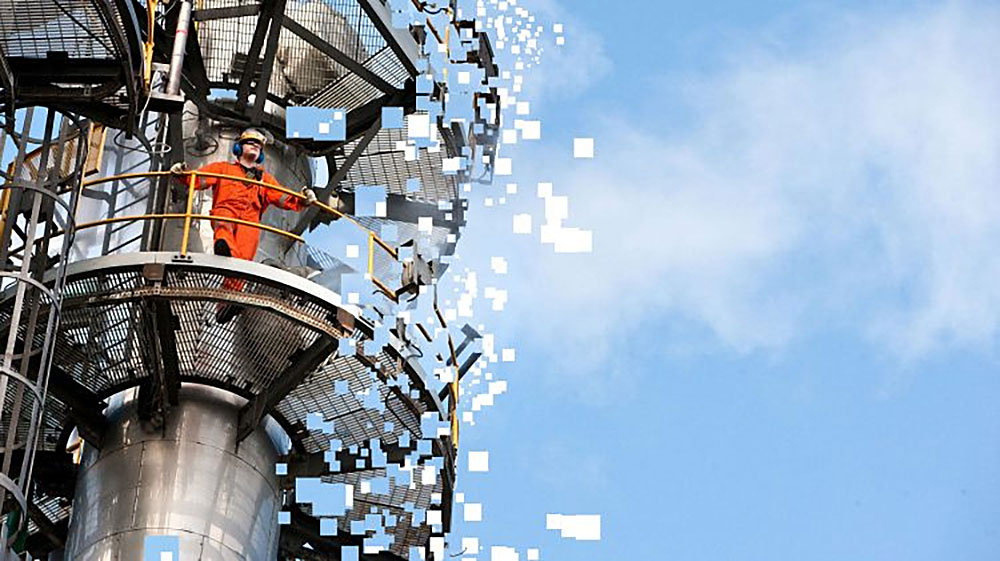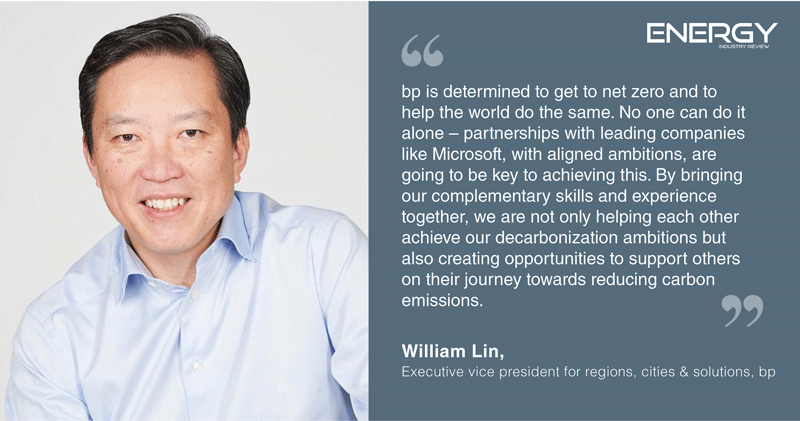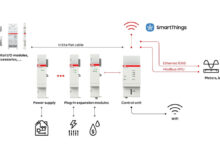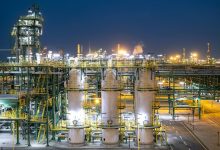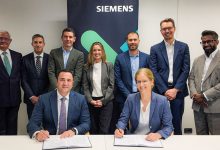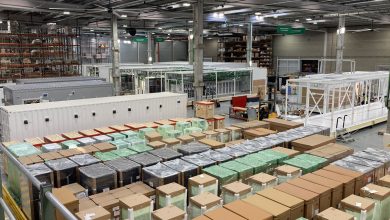bp and Microsoft to Drive Digital Transformation and Advance Net Zero Goals
bp and Microsoft Corp. have agreed to collaborate as strategic partners to further digital transformation in energy systems and advance the net zero carbon goals of both companies. This includes a co-innovation effort focused on digital solutions, the continued use of Microsoft Azure as a cloud-based solution for bp infrastructure and bp supplying renewable energy to help Microsoft meet its 2025 renewable energy goals.
“bp is determined to get to net zero and to help the world do the same. No one can do it alone – partnerships with leading companies like Microsoft, with aligned ambitions, are going to be key to achieving this,” said William Lin, bp executive vice president for regions, cities & solutions. “By bringing our complementary skills and experience together, we are not only helping each other achieve our decarbonization ambitions but also creating opportunities to support others on their journey towards reducing carbon emissions.”
“bp shares our vision for a net zero carbon future, and we are committed to working together to drive reductions in carbon emissions and fulfil demand with new renewable energy sources,” said Judson Althoff, executive vice president of Microsoft’s Worldwide Commercial Business. “A strategic partnership such as this enables each organization to bring its unique expertise for industry-leading change and the potential to positively impact billions of lives around the world.”
Earlier this year, bp announced its ambition to become a net zero emissions company by 2050 or sooner, and to help the world reach net zero. By the end of the decade, it aims to have developed around 50 gigawatts of net renewable generating capacity – a 20-fold increase on what it has previously developed, increased annual low carbon investment 10-fold to around USD 5 billion and cut oil and gas production by 40%. In January 2020, Microsoft announced its goal to be carbon negative by 2030 and remove more carbon from the environment than it has emitted since its founding by 2050. These announcements build on the potential that both companies see in working together to help deliver a net zero carbon future.
Co-innovation
A memorandum of understanding (MOU) signed by bp and Microsoft recognizes the capabilities that each company can provide to accelerate progress towards their sustainability goals and help the world decarbonize. Their co-innovation effort will initially be focused on four areas that combine Microsoft’s digital expertise with bp’s deep understanding of energy markets:
- Smart and clean cities – identifying synergies between Microsoft’s ‘Smart Cities’ initiative and bp’s ‘Clean Cities’ vision, with a goal of identifying areas for strategic collaboration to help cities achieve their sustainability aims.
- Clean energy parks – co-development of innovative, clean energy parks with an ecosystem of low carbon technologies such as carbon capture use and storage (CCUS) to prevent or reduce emissions.
- Consumer energy – exploring innovative ways to harness the power of data-driven, personalized, actionable insights to empower energy consumers to manage their home energy use and reduce carbon emissions.
- Industrial Internet of Things (IoT) solutions – delivering an ‘intelligent edge’ of capabilities to bp production and operations facilities.
For both bp and Microsoft, low carbon is part of a wider sustainability agenda and they aim to deepen collaboration in this area over time.
Grounding in science and math
Scientists account for carbon emissions by classifying them into three categories, or ‘scopes,’ according to Microsoft.
- Scope 1 emissions are the direct emissions that your activities create — like the exhaust from the car you drive, or for a business, the trucks it drives to transport its products from one place to another or the generators it might run.
- Scope 2 emissions are indirect emissions that come from the production of the electricity or heat you use, like the traditional energy sources that light up your home or power the buildings owned by a business.
- Scope 3 emissions are the indirect emissions that come from all the other activities in which you’re engaged, including the emissions associated with producing the food you eat, or manufacturing the products that you buy. For a business, these emission sources can be extensive, and must be accounted for across its entire supply chain, the materials in its buildings, the business travel of its employees, and the full life cycle of its products, including the electricity customers may consume when using the product. Given this broad range, a company’s scope 3 emissions are often far larger than its scope 1 and 2 emissions put together.
Microsoft expects 16 million metric tons of carbon emissions this year. Of this total, about 100,000 are scope 1 emissions and about 4 million are scope 2 emissions. The remaining 12 million tons all fall into scope 3. Given the wide range of scope 3 activities, this higher percentage of the total is probably typical for most organizations.
The difference between being ‘carbon neutral’ and being ‘net zero’
There’s another aspect of carbon math that’s also essential. This is the difference between being ‘carbon neutral’ and being ‘net zero.’ While they sound similar, in fact they’re different.
Given common usage, companies have typically said they’re ‘carbon neutral’ if they offset their emissions with payments either to avoid a reduction in emissions or remove carbon from the atmosphere. But these are two very different things. For example, one way to avoid a reduction in emissions is to pay someone not to cut down the trees on the land they own. This is a good thing, but in effect it pays someone not to do something that would have a negative impact. It doesn’t lead to planting more trees that would have a positive impact by removing carbon.
In contrast, ‘net zero’ means that a company actually removes as much carbon as it emits. The reason the phrase is ‘net zero’ and not just ‘zero’ is because there are still carbon emissions, but these are equal to carbon removal. And ‘carbon negative’ means that a company is removing more carbon than it emits each year.
Microsoft to bring bp further into the cloud
As part of bp’s cloud-first IT approach, the company has extended its agreement to use Microsoft Azure cloud services as a strategic platform. This expands on bp’s existing relationship with Microsoft, which helped accelerate the digitization of bp infrastructure and operations, while Microsoft 365 enabled greater collaboration and remote working productivity during the COVID-19 response.
Utilizing Microsoft Azure cloud enables bp to access a broad and deep portfolio of cloud services, including machine learning with Azure Digital Twins, data analytics, security and more, to gain greater insights, drive significant optimization opportunities and transform business processes.
bp to supply renewable energy to help power the Microsoft cloud
Microsoft and bp have signed a framework agreement for renewable energy projects that aims to provide renewable energy to help power Microsoft’s datacentres. bp will supply renewable energy to Microsoft across multiple countries and regions including the US, Europe and Latin America. The agreement contributes to Microsoft’s 100% renewable energy goal by 2025.
This partnership reflects the environmental and economic benefits of companies like bp and Microsoft working together to carve out a more sustainable future.


